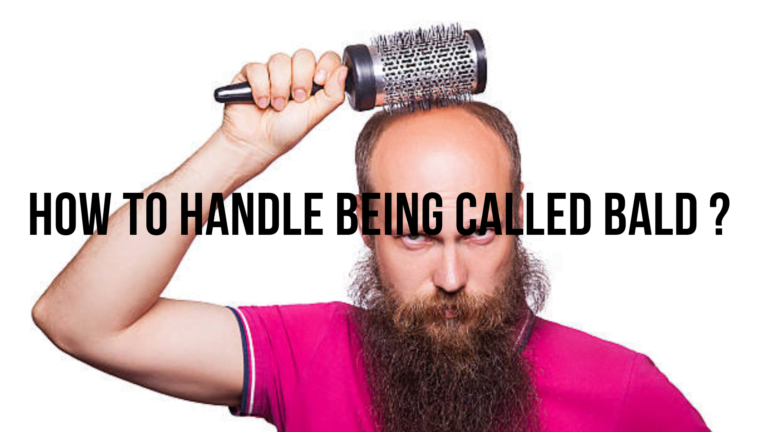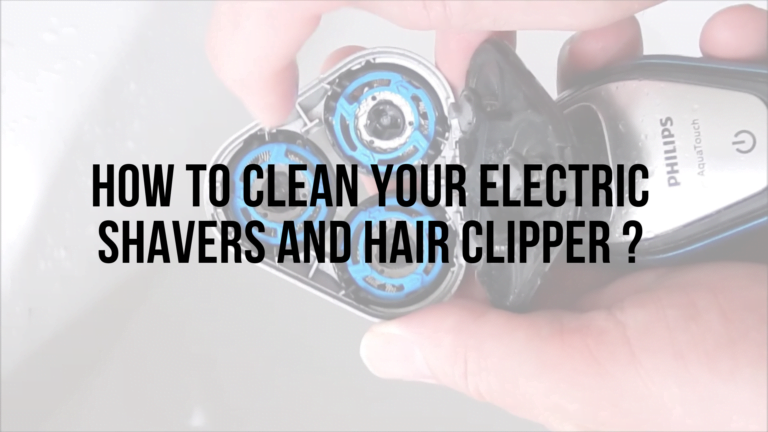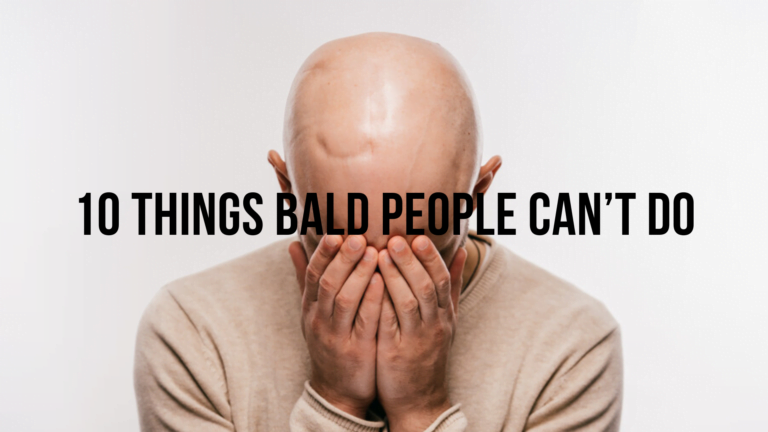This post may contain affiliate links. If you click one, I may earn a commission at no cost to you. As an Amazon Associate I earn from qualifying purchases.
Finding that you have one or more holes in your hair is a very unpleasant experience. Indeed, hair is an integral part of beauty, whether you’re a man or a woman. For this reason, hair loss can be particularly distressing.
Today, we’re taking a look at a hair disorder responsible for holes in the hair: alopecia. Alopecia, also known as alopecia areata, is a dermatological condition that often raises questions and concerns among those affected.
It’s a condition characterized by the sudden and unexpected loss of hair, eyelashes, eyebrows, or even body hair. Alopecia can affect people of all ages, genders and ethnicities, often leaving sufferers feeling perplexed and worried.
In this article, we’ll dive into the world of alopecia, exploring the potential causes, symptoms, available treatments, and the emotional impact this condition can have on the daily lives of those affected.
We hope to provide essential and enlightening information to better understand alopecia and help those who experience it to manage the condition in a positive and constructive way.
Table of Contents
Bald spots in hair: the different types
If you have a hole in your hair, it may be because you are affected by :
- Alopecia aerata: also known as alopecia, alopecia is characterized by patchy hair loss over a localized area of the scalp. Affecting both men and women, it is linked to inflammation of the hair root, following an autoimmune reaction, stress being a possible trigger. Since the hair root is not destroyed, alopecia is not permanent!
- Scarring alopecia: this is a localized bald area, or one covered with very fine hair. Both men and women can be affected by this type of alopecia, following a wound after an accident, a FUT (Follicular Unit Transplant) hair transplant, due to an illness (and the taking of medication) or a genetic malformation. Because the hair root is completely destroyed, the hair cannot grow back.
- Androgenetic alopecia: This is hereditary baldness. It is the most common form of hair loss, affecting almost one in two men and around 13% of women with alopecia. Androgenetic alopecia can lead to holes in the hair, on the vertex for example.
- Traction alopecia: also known as “stewardess syndrome”, traction alopecia is characterized by a weakening of the hair due to tension, such as when wearing a too-tight hairstyle. A high ponytail worn every day, for example, can cause the hairline to recede, or a hole to appear under the elastic.
- Trichomania: Also known as trichotillomania, this alopecia is linked to regular hair pulling. The phenomenon resembles a compulsive tic, often in response to stress. If left untreated, alopecia can become permanent.
Bald spots in hair: the different causes
- Genetics: Hereditary factors appear to play a role in 20% to 40% of sufferers. Researchers speculate that the mechanism of destruction involves an autoimmune reaction, in which the affected person’s own antibodies mistakenly attack the hair follicles.
- Stress: Stress can be a trigger for hair loss and holes in the hair.
- Pregnancy and childbirth: Hormonal disorders, particularly during pregnancy and after childbirth, can be the cause of holes in the hair.
- Change of season: Changes in season, temperature and sunlight can be linked to the formation of holes in the hair.
- Emotional shock: Emotional shock can promote episodes of stress, which can influence the appearance of the hair.
- A restricted or poor diet: Deficiencies (particularly in iron) can promote the appearance of holes in the hair.
- Fatigue: lack of sleep can weaken hair and cause it to fall out.
- Illness: Certain illnesses, as well as medication and other treatments (e.g. chemotherapy), can lead to hair weakening and holes in the hair.
- Hair overstress: Certain hairstyles, such as the high bun and the ponytail, can encourage the appearance of holes or significant hair loss.
- Illness: Alopecia is associated with the presence of other autoimmune diseases, such as vitiligo, diabetes type 1, rheumatoid arthritis, discoid lupus and Hashimoto’s thyroiditis.
The evolution of alopecia
The evolution of alopecia is highly unpredictable and varies from person to person. Most people will be cured within 1 year, but around 10% will be chronically affected, with no hair regrowth.
Peladic hair loss is usually confined to the scalp, in small, bare patches. However, in its extensive form, it can progress and spread to the beard and entire scalp. Universal alopecia (loss of all body hair) is very rare.
In some individuals, the disease also attacks the fingernails: they become bumper-shaped, marked at the tips, rough and lacklustre.
How to fix bald spots
In the case of alopecia, the dermatologist will usually prescribe local corticosteroids in cream form. For more severe cases, general corticosteroids in tablet form will be administered. For the simple reason that they act as immunosuppressants.
To stimulate hair regrowth, local irritants such as Minoxidil or rubefacient gel are generally used.
All that remains is to wait for the hair to grow back… It takes between 6 and 12 months, which is difficult, especially for women.
For a third of sufferers, hair grows back as before. For the second third, the hair loss stabilizes. For the remainder, the affected areas extend to the scalp. The disease can also affect eyebrows, hairs and eyelashes.
There are temporary aesthetic solutions that can help you wait for the hair to grow back. These include hair powders, hair prostheses or wigs, which can also be prescribed and reimbursed.
The natural henna can also help with hair loss. Castor oil promotes hair growth.
If, however, the hair loss persists, you can consider a hair transplant. A costly but effective and, above all, permanent solution.
To learn more about dealing with bald spots on your head, I highly suggest you to read our specific article on that topic.






